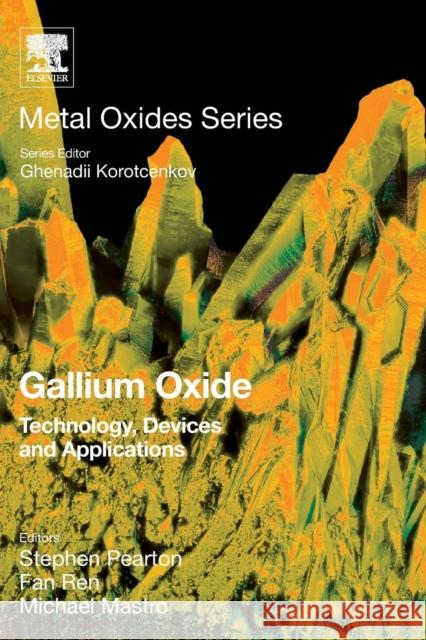Gallium Oxide: Technology, Devices and Applications » książka
topmenu
Gallium Oxide: Technology, Devices and Applications
ISBN-13: 9780128145210 / Angielski / Miękka / 2018 / 507 str.
Kategorie:
Kategorie BISAC:
Wydawca:
Elsevier
Seria wydawnicza:
Język:
Angielski
ISBN-13:
9780128145210
Rok wydania:
2018
Numer serii:
000809883
Ilość stron:
507
Waga:
0.67 kg
Wymiary:
22.91 x 15.19 x 2.59
Oprawa:
Miękka
Wolumenów:
01
Dodatkowe informacje:
Bibliografia











